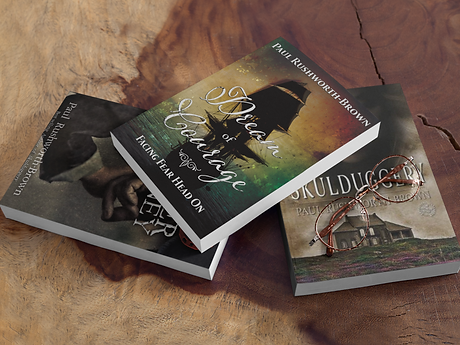
According to canon law, girls could marry at the age of 12 and boys at the age of 14. Childhood in medieval England was determined by both social and biological factors. It was thought that at this point, the child was capable and competent to understand his or her actions, thus rendering them responsible for them.
One common belief is that children, especially girls, married young and in some cases that did occur among the nobles, but very rarely in peasant households. In some noble house’s marriages were indeed contracted at a young age, a betrothal for reasons of property and family alliance. Generally, the average age of marriage was in the middle twenties for women but there were variations in nuptiality as research shows that up to twenty-two percent of pauper women never married. The marriage age of men was probably the same or a bit older but affected by insufficient incomes to cross the eligibility of marriage. The increase in service and apprenticeship in the late 17th Century may have had implications on the incidence of marriage.
Given its social significance, marriage was considered a matter of a larger community, not only the couple themselves. The idea of young women being thrown into a marriage with a much older man, that they did not care for, was a myth created by historians. However, most marrying couples were expected to consult their choice of a partner with their parents and relatives.
There were several criteria which decided whether a match was ‘appropriate’. It was recommended that the couple should be of similar age, background, financial circumstances, and religious beliefs. The husband and wife should like and respect each other—even love each other—but they should beware of mere sexual fascination and look for other qualities such as whether they could keep house and cook. Most importantly, a woman should be a virgin on her wedding night and infidelity was punishable with death. However, records do indicate that between 10% and 30% of women were pregnant before they were married.

On the night of the wedding when the wedding had to be consummated and the wife would have sex with her husband for the first time, there also existed laws. The church acknowledged that a woman was required as part of God's play to go forth and multiply. A woman shouldn't, however, enjoy sexual relations. Married life was perceived as a parallel of Christ’s bond with his church, so passionate love between husband and wife was regarded as undesirable. Sex in the missionary position was the only form of sex deemed acceptable and natural. All other positions and sexual acts were considered sodomy; the charge of sodomy was so serious that it would have been tried in the secular court and possibly been subject to a death sentence.
The Church taught that the purpose of sex is reproduction and sex was not permitted on a Wednesday, or a Friday, on a Sunday, or Saturday, on any of the 60 church feast days, during lent, during Advent, during Whitsun week, Easter week, while a woman is menstruating, while a woman is pregnant, while a woman is breastfeeding, within the walls of a church, during daylight, if she is completely naked, for the eight days leading up her husband taking the Eucharist or if the couple were related.
To ensure the marriage was legally binding the bedding ceremony would take place. The bedding ceremony refers to the wedding custom of putting the newlywed couple together in the marital bed before numerous witnesses, thereby completing the marriage. In most traditions, the bed was blessed by a priest and the newlyweds were put in bed by their family, friends, and neighbours. The purpose of the ritual was to establish the consummation of the marriage, either by witnessing the couple's first sexual intercourse or symbolically, by leaving before consummation.

Paul Rushworth-Brown is the author of three novels:

Skulduggery- An exciting, mysterious, fictional and historically accurate adventure pulls no punches about the life and hardships of peasant farmers living on the moors of Yorkshire in 1590.
"Was excellent reading . I intended to read it over the next week but once I started I could NOT put it down . Really enjoyed it !"

Winter of Red- Come on this historic journey, which twists, turns and surprises until the very end. If you like history, adventure and intrigue with a dash of spirited love, then you will be engrossed by this tale of a peasant family unexpectedly getting caught up in the ravages of the English Civil War in 1642.
"A fictional, historical novel about a loving peasant family caught up in a 1642 shocking Civil War. Humour, romance, adventure and excitement are here to enjoy. A great story.

"Dream of Courage- Soon to be released!
The much anticipated story of the Rushworth family and their journey out of poverty.
King Charles has been executed and England becomes a Republic under the leadership of Oliver Cromwell. Highwaymen, thief-takers, pirates and broggers tell
the story in this mysterious and bone chilling historical thriller.





.png)

.png)

.png)
.png)



.png)




Comments